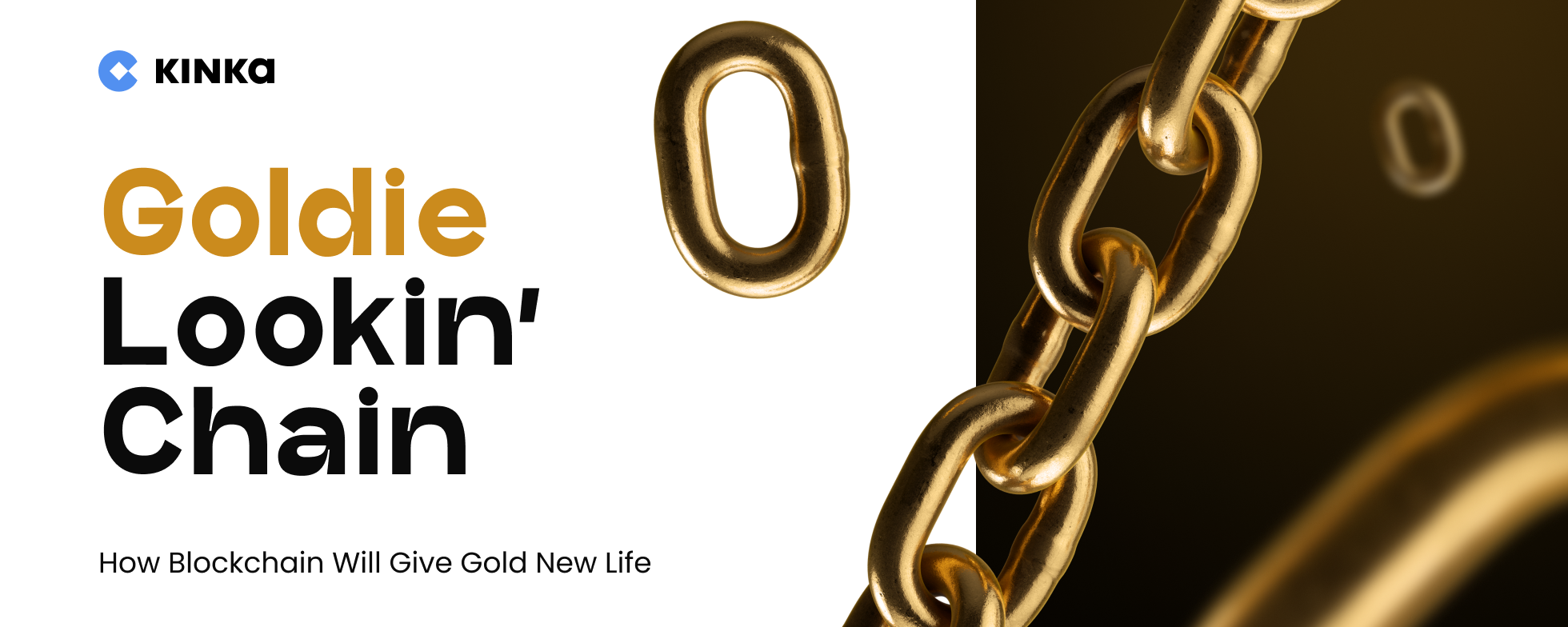Blockchain innovation is still in its infancy. As new technology develops, the possibilities for gold have only just begun.
Gold is history’s main currency. On the human timeline, we’ve only recently moved away from gold as our primary unit of exchange. Only since 1931 has paper currency ever not equaled real gold in vaults, when Britain left the gold standard. When Nixon stopped US treasury redemption for gold in 1971, gold’s permanent unpinning from fiat currency was assured, with the US dollar taking over as the world’s global reserve currency.
Bitcoin as ‘Digital Gold’
These days, paper currency is connected to nothing except the whims and policies of national treasuries and central banks – who have printed to their heart’s content. The dollar has lost 9898% of its value relative to gold since, and it was frustration at this that led to the creation of Bitcoin in the first place.
At the heart of Bitcoin’s original mission was a way to create a currency divorced from such arbitrary mechanics. With, like gold, a finite supply and ‘mining’ expense involved in extracting it, Bitcoin allowed for a currency whose value would accrue slowly over time and remain immutable, indestructible, and censorship free – much like gold always was. It’s no wonder Bitcoin received the moniker of ‘digital gold’.
Web3 has evolved much since then. Smart contracts means blockchain is now so much more than just a ‘dumb’ ledger. The ability to mint representative assets and use them in composable yield-bearing financial instruments represents a sea-change in modern finance. The ability to unleash inherent asset liquidity on-chain (which would otherwise be locked) makes reserve-backed tokens a powerful foundation for a new way of doing business, foreign exchange, settlement, payments, and a lot more besides.
The Problem with Stablecoins
Stablecoins are emblematic of this shift. Dollar-backed stablecoins like Tether and USDC play an outsized role in glueing the market together. They are the first major (and perhaps obvious) use case for a representative asset. With reserve-backed stablecoins, each dollar (should be) backed by a ‘real’ dollar held by the issuing company. The truth of this is not always easy to discern – for example Tether has repeatedly failed to fully disclose its reserves, and openly admits much of what backs USDT’s value are illiquid instruments. The issuer must be sacrosanct from failure and always open for redemptions.
To date, this remains an unresolved issue and is one of the main reasons why Japan, for example, regulates the issuance and circulation of all stablecoins backed by its own currency. To date, this remains an open question, and is one of the key reasons that Japan, for example, bans all stablecoins backed by national currencies. In this and other jurisdictions, storing your on-chain wealth in a stable asset is difficult. More existential of a problem is that when a stablecoin is linked to a national currency, then what happens if that currency inflates, suffers crises, or otherwise fails. It makes it, therefore, an inopportune way to store wealth, just as you don’t hold large amounts of cash in a bank account.
Gold as Stablecoin
Gold can solve all these problems. It can – as it has always done – act as a stable asset of exchange. It can be a reliable store of wealth. And it can, through tokenization, reassert its primacy as a default financial instrument. Safe, regulated, fully backed, on-chain gold has incredible potential. It would restore gold to the top of the currency tree by removing the custody risk (and effort) in carrying it on your person or storing it in a maintained vault (at an expense). You could simply ‘store’ your gold in your blockchain wallet, and spend it like you can a bank note – but secured with the cryptographic protections blockchain provides.
Kinka’s Gold is Digital Gold
Kinka’s mission is simple. Mint the most regulated, bankrupt remote, secure, legally protected on-chain gold and give gold a chance to thrive in the still novel Web3 markets, open up access to gold ownership and trading to small time retail investors, and create a stablecoin pegged to gold’s price that customers in all jurisdictions can use to reliable trade and store on-chain value. As a knock on effect of that, the immense liquidity of gold can be unleashed onto the blockchain to create compelling DeFi and trading pair opportunities.
$XNK is a stablecoin pegged to gold that does all this. 1 $XNK is linked to the value of one troy ounce of gold and can be exchanged for gold bullion. The underlying gold bullion is certified to LBMA standards and is a designated delivery brand on the Osaka Exchange’s gold futures market. The bullion is managed by a legal entity with no capital ties to UNBANKED, INC. and is protected by a bankruptcy protection scheme fully compliant with Japanese law, and its price is linked to the London spot market price.1 $XNK is redeemable for 1 fine troy ounce of gold certified to the highest LBMA standards and regulated by the Osaka Stock Exchange. The gold is managed by UNBANKED, INC. and is fully compliant with every local Japanese law, with the price pegged to the London market. With $XNK, anyone can get exposure to gold ownership at the global market price, no matter how small, and without the burdensome storage and maintenance costs that are associated. With $XNK, anyone can use gold as a stablecoin, and trade with gold just like humans have for millenia. With $XNK, Bitcoin isn’t digital gold: gold is digital gold.








